HOW TO GROW SMART: COMMUNITY GUIDES
Photo Credit: Zachary Edmundson via unsplash
Many people in your community probably agree with the principles of smart growth. And many more may be looking for alternative approaches to growth and development, approaches that will protect your community’s unique character and quality of life while supporting economic prosperity and equality.
The information below is designed to help your community understand some of the issues around managing sustainable growth, and outlines the techniques and resources available to help your town.
Please share these resources with others in your community interested in smart growth solutions. And let us know if you have any questions.

Sustainable Parking Solutions for Thriving Downtowns
Parking is often a central concern for downtown development, as it directly affects how easily community members and visitors can access and enjoy shops, restaurants, and other businesses. But does your downtown truly have a parking problem? This community guide examines some key factors influencing downtown parking and explores strategies for more informed decision-making.
Request your free community guide by filling out the form below:
Brownfields in Maine: Enhancing Communities and Economic Growth
Brownfields are an obstacle to work around when it comes to development in communities around the state. However, when approached with sound process, remediation of these sites presents an abundance of opportunity.
Request your free community guide by filling out the form below:


Broadband and Digital Equity is Smart Growth
Every day, we rely more on the Internet for school, work, and home. Broadband infrastructure and digital equity plans must be included with broader comprehensive planning strategies so towns can remain economically and socially viable with future-proof internet services.
Request your free community guide by filling out the form below:
Housing for a Well-rounded Community Guide
Maine communities are facing housing challenges and looking for solutions. Maine, once known for its affordable homeownership market, has faced a shift in recent years, worsening since 2020.
Addressing Maine’s housing supply challenges requires a comprehensive strategy, including regulatory changes, funding for affordable housing, and overcoming industry and environmental barriers. Housing solutions may differ based on local needs, political considerations, and the capacity to explore housing policy options in a community. To help communities address the challenges, below are some general tools for housing development that communities can explore.
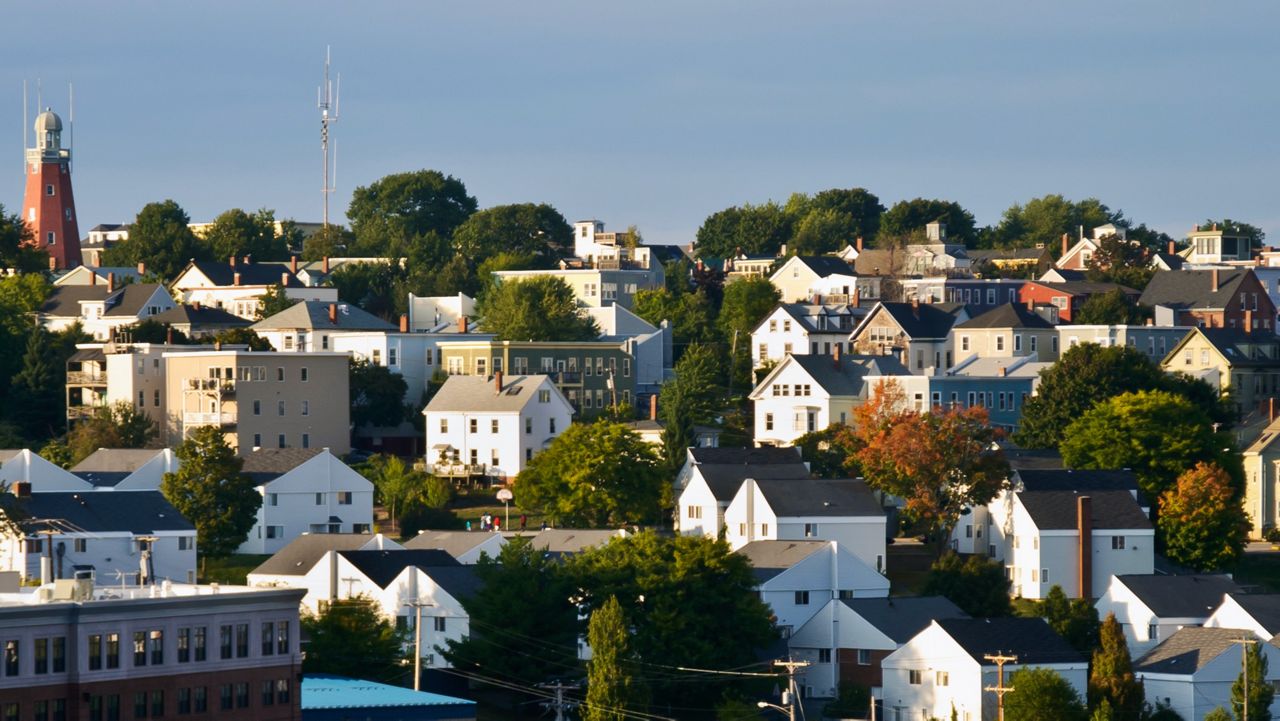
Accessory Dwelling Units: An Affordable Housing Strategy
Affordable housing can often present a challenge for communities. How can a town expand affordable housing choices in a way that balances community needs with community character? How can a town create affordable options to keep people in the community as they age or to accommodate changing lifestyles and housing needs? How can people more easily stay in their homes longer as children move out and/or income changes? How can a town support affordable housing without building new developments?
Accessory dwelling units are one way to help address these community challenges.
Included with the Accessory Dwelling Unit PDF is an ADU Ordinance Table that shows what other communities are doing.
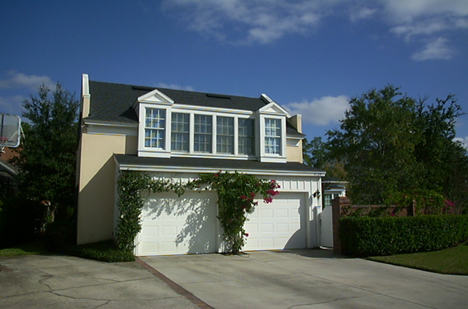

What is Sprawl?
Do you have to get in your car to go about your daily life, driving from home to work, to shop, to shuttle children between activities, to partake in leisure activities? Have you ever wondered why so much of life depends on a car? One of the reasons is sprawl.
Request your free community guide by filling out the form below:
Planning for Downtown Development is Smart Growth
Downtown has traditionally been the heart of a community. It has been where people work, shop, gather to socialize, engage in civic activities, and often live. A healthy downtown has usually meant a healthy community. In recent decades, downtowns in America have suffered from the proliferation of enclosed malls, strip malls, big box retail outlets and office parks, all components of sprawl. Storefront vacancy signs and boarded up buildings are now too often the face of downtown in many communities. Instead of bringing people together downtown, in one place, development patterns now often dictate that we drive from place to place without much opportunity for gathering or socializing. Our sense of community has been diminished and our communities have lost their economic vitality. But it doesn’t have to be this way.
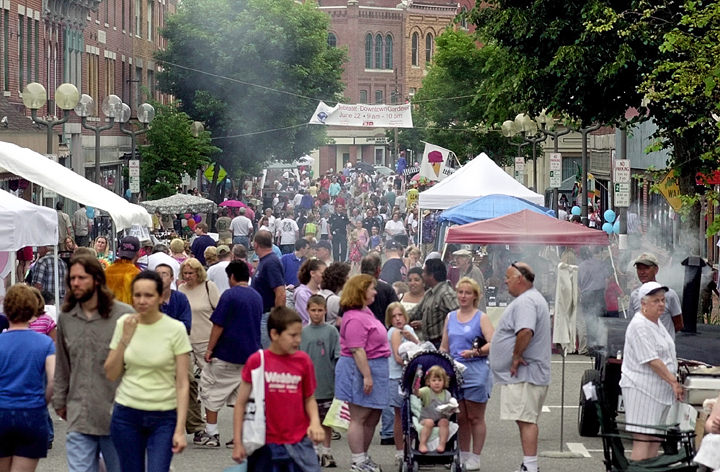
Planning for Ag: Protecting Maine’s Working Farmland
GrowSmart Maine is working to help communities protect working farmland. GrowSmart Maine and American Farmland Trust have partnered to address farm viability and the protection of Farmland. You can also check out Farms Under Threat 2040: Choosing an Abundant Future, a publication from American Farmland Trust.
And you can download a Community Guide (link below) with ideas for protecting farmland in your community.
Maintaining rural character, creating economic opportunity, buying local, building community—many communities are talking about one or more of these ideas. Has your community identified any one of these as important goals? Are there farms and/or farmland in your community? If so, then actively supporting farming may help accomplish some of your community goals. Click on “LEARN MORE” to read the Community Guide.
And check out this overview of what Maine communities are currently doing to be farm-friendly to help you advise your own community: Maine municipal farm-friendly practices and policies.

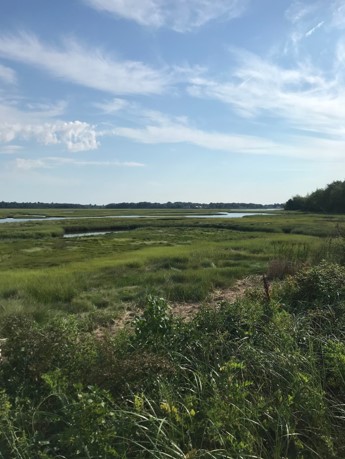
Regional Collaboration for Climate Action
Regional collaboration could benefit your community! In Maine, there is a long tradition of organizing, managing and governing primarily at the municipal level. At the same time, complex issues like transportation planning, environmental protection, and economic development transcend municipal borders and exceed the capacity of any individual community to find meaningful solutions.
Historic Preservation: An Economic Opportunity
Every community has a story that is reflected in its historic built environment. Preserving historic places not only helps inform us about our past, it contributes to the present and future vitality of our neighborhoods and towns. Historic preservation bolsters vibrant community life and creates diverse economic opportunities through the adaptive use of historic buildings.
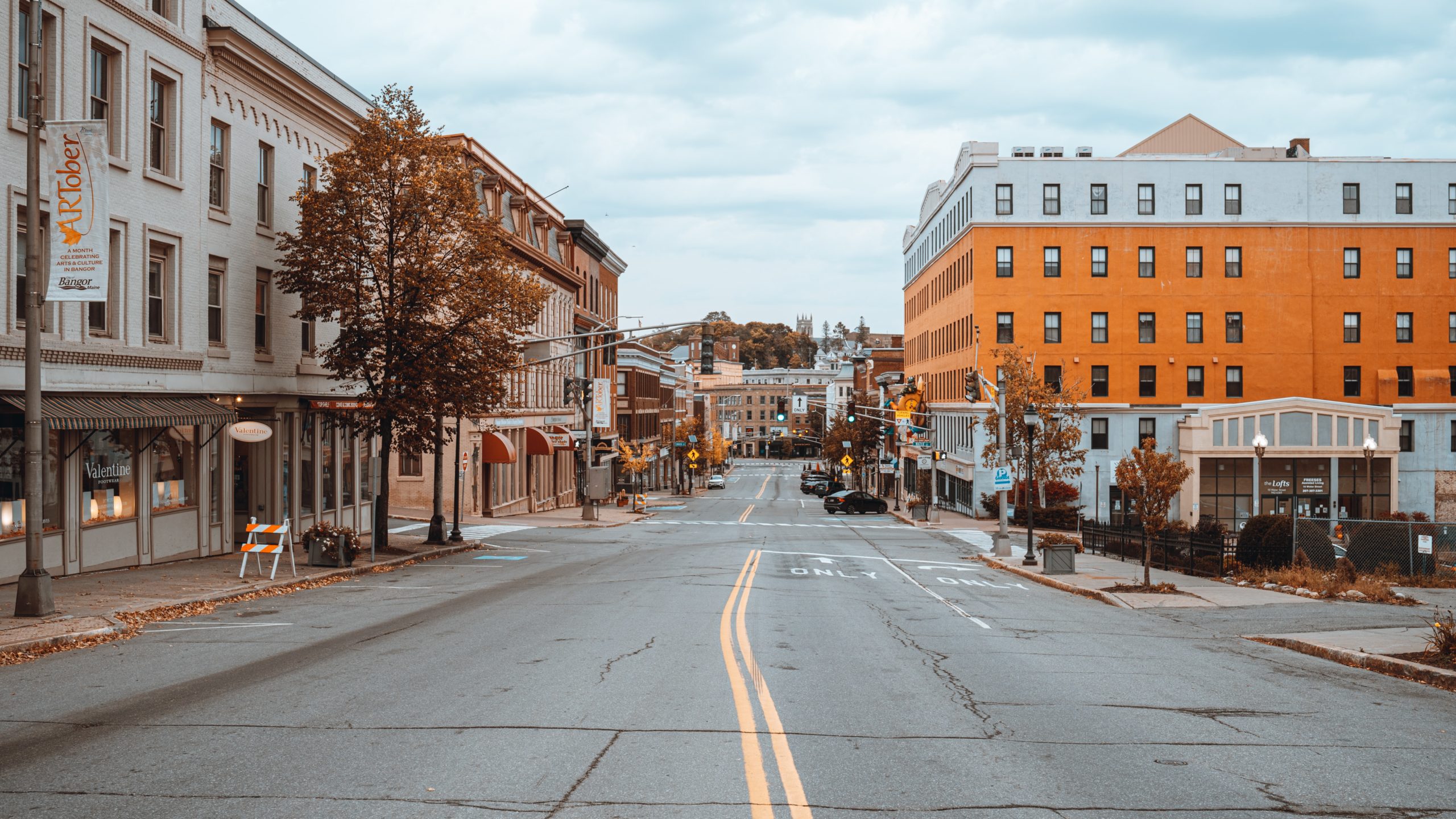
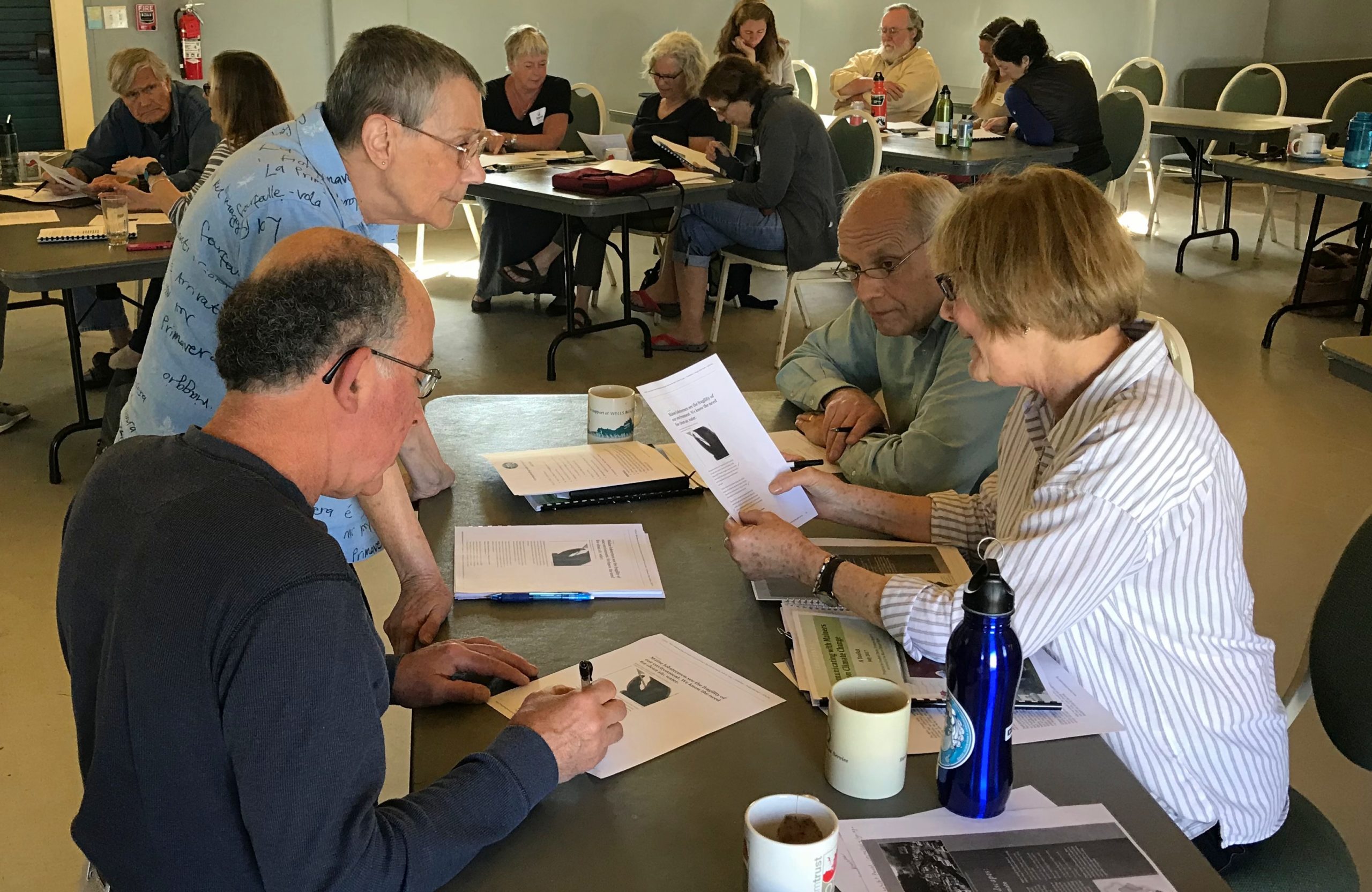
Local Outreach & Advocacy
Hard work and planning are needed to manage change in any community. In some cases, a town-wide vote is necessary to reach a desired outcome. Here is a guide to help you succeed in your own local advocacy, or to assist others in their efforts.
Focus on Gardiner: Successful Food Systems
Access to local and healthy food is important for the well-being and economic success of Maine’s cities and towns as well as its residents. However, developing a successful food system can seem daunting for small communities. Gardiner has achieved a comprehensive food system. Here are ideas on how you can too.
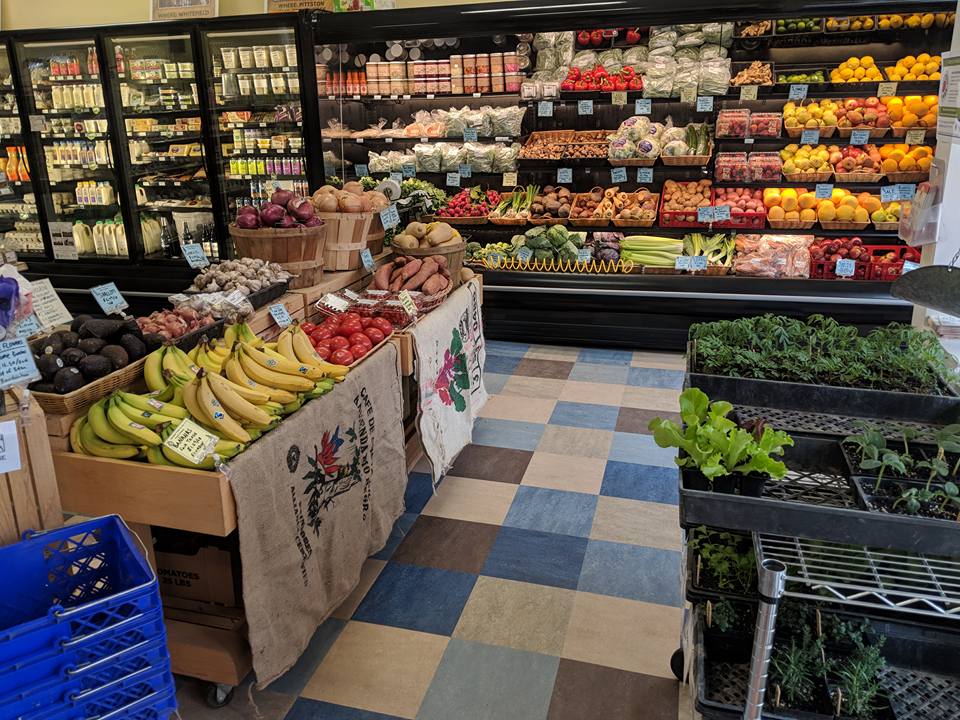
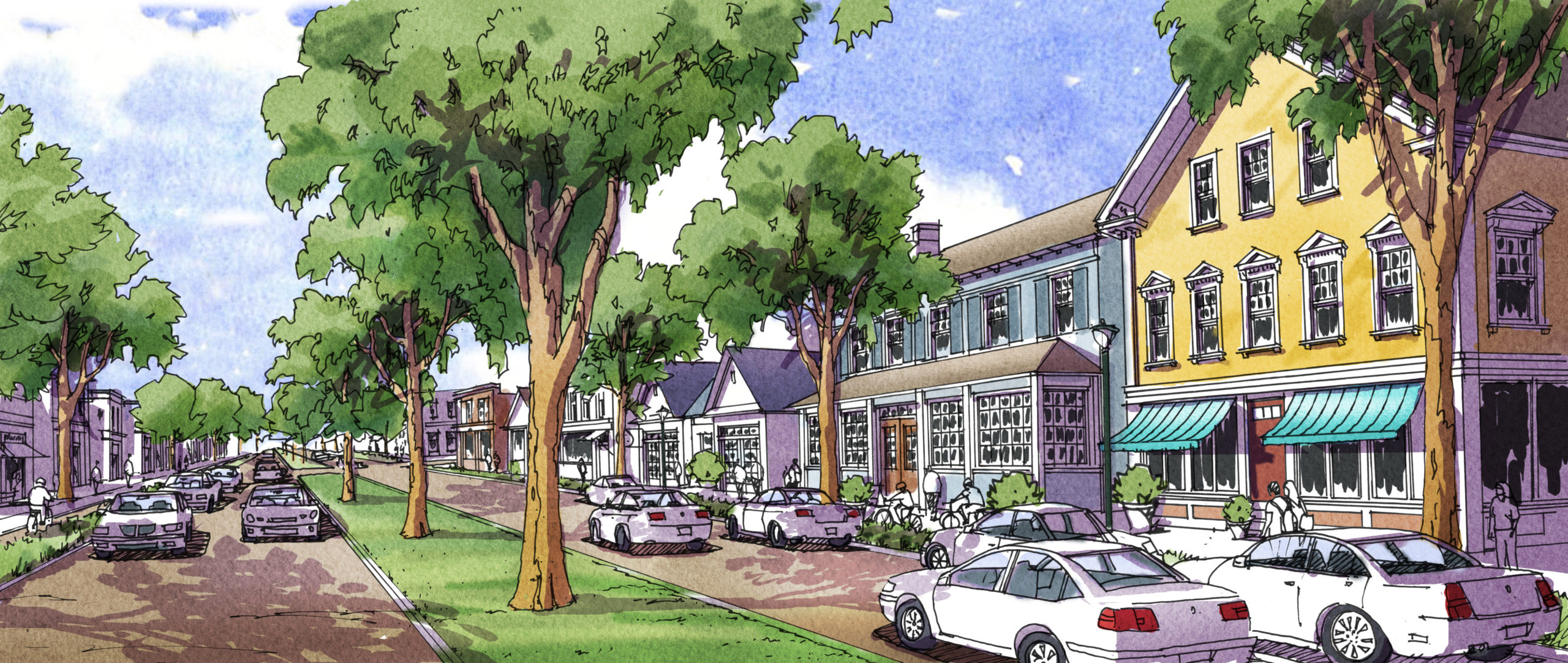
Smart Growth for Maine
Things seldom stay the same in our communities. Inevitably, over time, communities experience growth and change. Sometimes we welcome the change, maybe a new business adds convenience to our daily lives, and other times we may regret the change, if a favorite open space becomes a new development. Often we don’t think about growth in our communities until something changes and we don’t like it. While growth and change are inevitable, how growth happens is something communities can manage. Read this piece to find out how.

Smart Transportation Choices for Maine Communities
Traffic congestion is a problem in more and more communities. No longer is congestion confined to the typical morning and afternoon commute times on weekdays; it’s not unusual to see congestion during lunch times and on Saturdays.
Communities can take the lead in providing alternative transportation choices to the automobile. Communities participate in transportation decisions every time they review and plan for new development. More and more, they are creating “smart” transportation choices.
Supporting Local Businesses
Remember the days when most of your shopping was done at local stores owned by people in the community? Remember when downtown was the center of activity because of the local stores? Remember when running errands meant staying in your own community or area, seeing friends and neighbors and having a chance to “catch-up”?
Maybe life is still this way for you.
For many people, however, shopping and running errands means frequenting large retail chains, in distant retail centers, in the company of strangers from many different communities. Shopping is not quite so local and neighborly anymore.
But this is beginning to change as “buy local” becomes a familiar slogan. The Portland Buy Local campaign, logo above, works to keep Portland’s downtown vibrant. People all over the state are recognizing the value of local businesses and the contribution they make to communities. As a result, a growing number of communities are adopting policies and strategies to strengthen and rebuild their hometown businesses. If your community would like to do more to support local businesses, these strategies and resources are available.
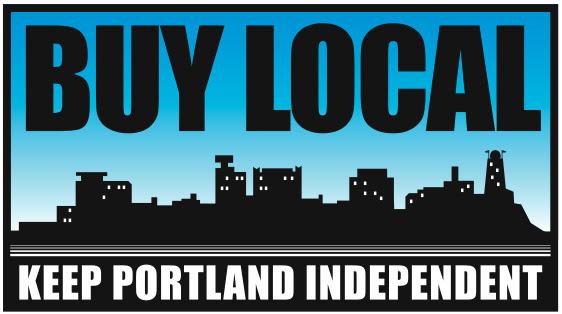
But this is beginning to change as “buy local” becomes a familiar slogan. The Portland Buy Local campaign, logo above, works to keep Portland’s downtown vibrant. People all over the state are recognizing the value of local businesses and the contribution they make to communities. As a result, a growing number of communities are adopting policies and strategies to strengthen and rebuild their hometown businesses. If your community would like to do more to support local businesses, these strategies and resources are available.
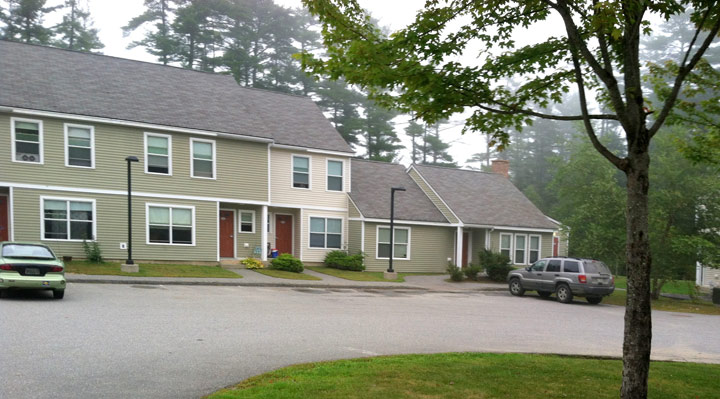
Building ‘Smart’: Environmentally Sensitive Design
Maine‘s natural environment is a proud part of our heritage. It will also be a proud part of our legacy – if we pay attention. Growth pressures are increasingly competing with Maine‘s natural environment – one of the very qualities that make Maine the special place we call home.
And while most of us recognize that growth in our communities is inevitable and often desirable, it is up to us to determine whether growth has an overall positive or negative effect on our communities and the environment. By encouraging environmentally sensitive design, we can accommodate growth in our communities and also ensure that Maine‘s natural environment continues to be an asset for us and future generations. A good example is Ledgewood Court in Damariscotta, Maine.
Great American Neighborhoods
The traditional neighborhood—a place where people of all ages can live, meet their daily needs, and spend their leisure time, all within walking distance; a place where kids can walk or bike to school and play with friends in the neighborhood; a place where people are brought together in their day-to-day lives, creating a sense of shared community. Maybe you remember a neighborhood like this. Or maybe you live in one like it today.
But in many places this kind of neighborhood is hard to find. In an age of low density suburbs, with local zoning ordinances that often prohibit this kind of neighborhood from being built, a “Great American Neighborhood” is the exception, and is most often associated with times past. From The Great American Neighborhood—A Guide to Livable Design.


The Creeping Cost of Sprawl
Even with ups and downs in the economy, southern Maine’s population has stayed on the move – leapfrogging from traditional cities, towns and villages out to once rural territory. Rural towns are becoming suburban communities. Urban areas and downtown centers are losing their vitality. Farmland, fields and forestland are turning into residential and commercial developments. Throughout southern Maine, land use is spreading out. This pattern is called sprawl.
Do you live in a rural town within a 30 or 40 minute drive of a job center? Is your population growing? Has the population reached 2,500? Is there at least one home per 20 acres in own? If you answered yes to any three of these questions, your days as a rural town are numbered. You are on your way to becoming a low-density suburb, a different more demanding animal than a rural town. Within the foreseeable future, the per capita cost of providing town and K-12 services will start to rise at a rate and with a persistence that will seem impossible to control.
The Maximum Solution: Maximum Lot Size and Densities in Rural Zoning Districts
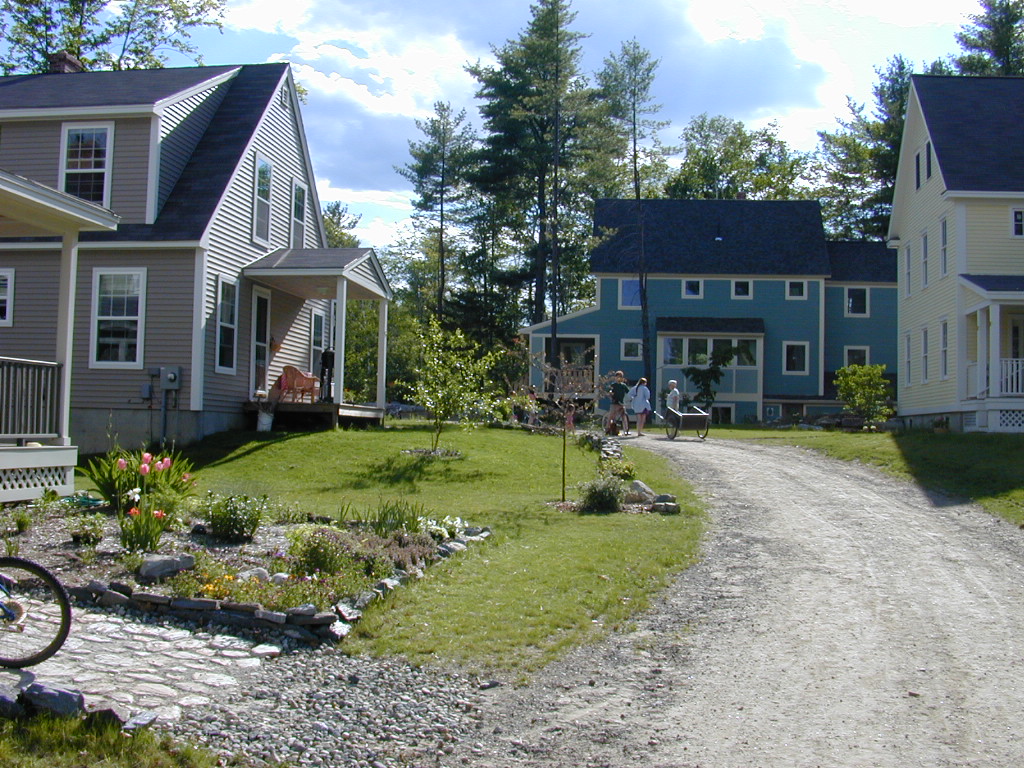

Parks and Open Space: Making In-town Living Attractive
Over the last 30 years, Maine has seen increasing urban out-migration and suburbanization. People have been leaving our cities for homes amidst farms and forests, with easy access to green space and nature. But with proper planning, urban dwellers can enjoy parks and open space right in town.
Sprawl & Wildlife Habitat
Wildlife and wildlife habitat are part of Maine’s way of life. Maine is know for its natural areas. The natural environment is part of Maine’s heritage. Increasingly, the pattern of development called sprawl is threatening this resource.
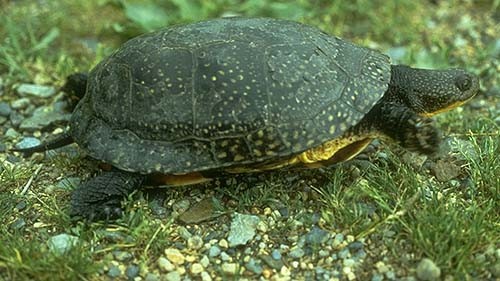
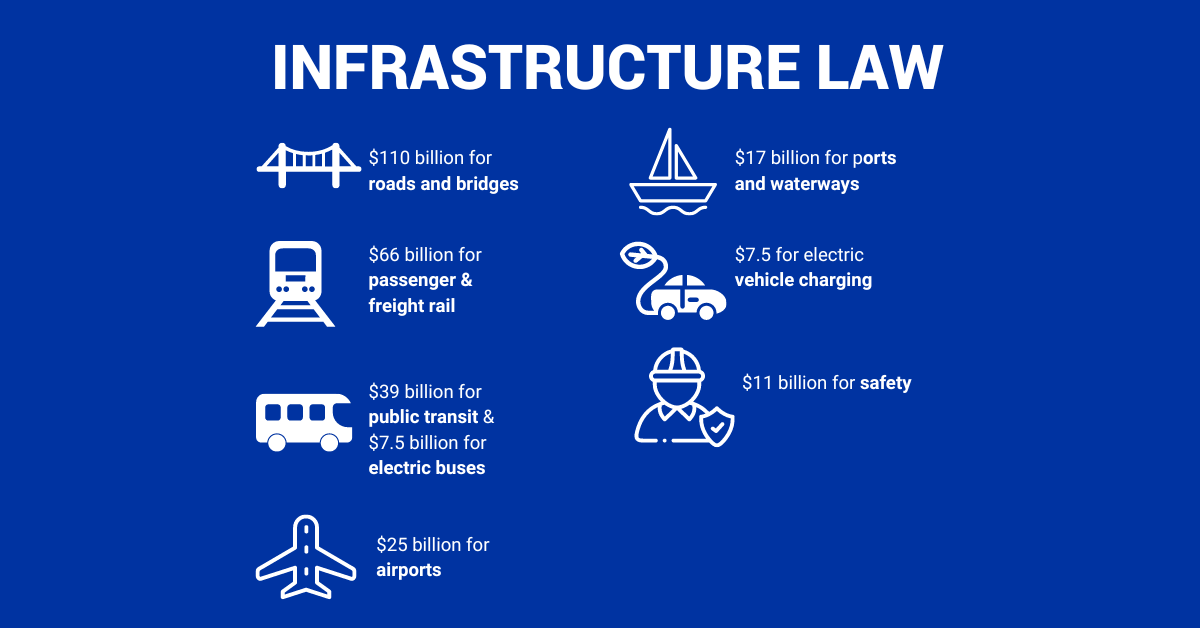
Bipartisan Infrastructure Law Toolkit
The 2022 Infrastructure Investment and Jobs Act (IIJA), also known as the Bipartisan Infrastructure Law (BIL), directs $550 billion in new federal funding to America’s roads and bridges, rail, ports and transit, water infrastructure, resilience, internet, and more. This funding represents once-in-a-generation opportunities for Maine communities to invest in sustainable solutions that build lasting prosperity.
The abundance and variety of these programs can be overwhelming for small cities and towns. GrowSmart Maine hosted a webinar in February 2022 at which Erich Zimmermann, Deputy Director and Transportation Director for the National Association of Regional Councils, provided an overview of the IIJA/BIL with a specific focus on the portions of the legislation that provide historic funding for smart growth. GrowSmart Maine has assembled a toolkit of resources to assist Maine communities in accessing these federal funding programs. Download the PDF below.
